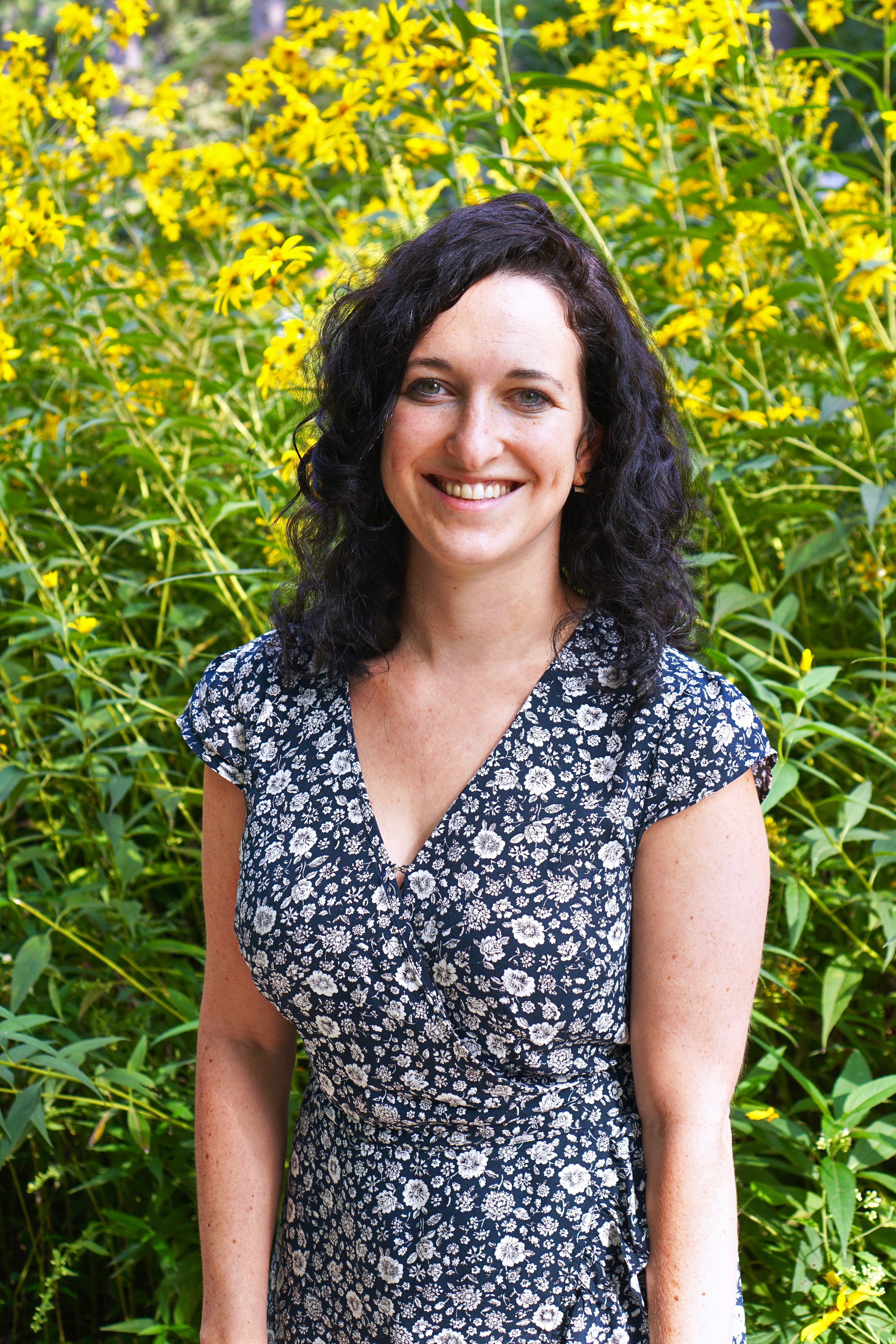FDA Approves HPV Vaccine for Those Up to Age 45

Nina Masters, MPH ‘18
PhD Pre-Candidate, Epidemiology
On October 5, the Food and Drug Administration expanded the approved age range for Gardasil 9, a vaccination against Human Papilloma Virus (HPV), to include individuals ages 27-45.1 Previously, the vaccine was only approved for those ages 9-26. Gardasil 9 prevents cervical cancer, genital warts, and other diseases caused by certain strains of HPV.
Why Is This Important?
According to Peter Marks, director of the FDA's Center for Biologics Evaluation and Research, "HPV vaccination prior to becoming infected with the HPV types covered by the vaccine has the potential to prevent more than 90 percent of these cancers, or 31,200 cases every year, from ever developing."1 That's right—this vaccine is 90 percent effective in preventing cancer.
Approximately 14 million Americans a year contract HPV, according to the CDC. HPV viruses are the leading cause of cervical cancer among women and are responsible for anal, oropharyngeal, and penile cancers among men.1 The virus is sexually transmitted, and most adults will encounter at least one strain of HPV during their lifetime. In that way, vaccination is important for both men and women to reduce the spread of the virus.
The vaccine is only effective against strains of HPV that you have not yet come into contact with, so the best time to get the vaccine is before any sexual activity. This is why the CDC recommends vaccination for children ages 11-12.2 However, there are many strains of HPV. The current Gardasil vaccine contains nine strains of HPV, and receiving a vaccination will protect you from any strains that you have not yet encountered.
If This Vaccine Can Prevent Cancer, Why Is Uptake So Low?
Despite the fact that this vaccine can prevent certain types of cancer, uptake of HPV vaccination in the US is very low. As of 2016, only 65 percent of girls and 56 percent of boys had begun the vaccination course.3 Even fewer actually complete the series.4
The reasons behind this low uptake are complex. Perhaps most importantly, in 2006 the vaccine was initially approved only for women ages 9-26 and marketed as a vaccine to prevent a sexually transmitted infection (STI). The vaccine was not approved for boys until three years later.
While this phased rollout was intended to direct the vaccine to those at highest risk of HPV and cervical cancer, the emphasis on gender and STI prevention caused a strong negative backlash.
*** Broken component ***
The vaccine initially received significant resistance from parents. Because the vaccine was first targeted to young girls, many parents felt that the vaccine wasn't necessary because their daughters were not yet sexually active. Some parents even feared that the vaccination would make their daughters more promiscuous—a sort of "free pass" for unprotected sex without consequences.
These fears, coupled with general concerns about vaccine safety and low prioritization of the vaccine by some nurses and physicians on similar moral grounds,6 led to widespread disapproval of the vaccine, even reaching legislative attempts to prohibit HPV vaccination mandates in Florida, Georgia, Texas, and New Mexico.7
Though a 2015 study clarified that HPV vaccination does not promote sexual promiscuity,4 the impact of the initial response to the HPV vaccination still lingers. Too few eligible Americans have received the HPV vaccine, in part due to social, religious, philosophical, and political responses to the vaccine rollout.
People over age 26 who have not previously received the vaccine now have the chance to protect themselves against some strains of HPV that cause cancer and genital warts.
What Is the Potential Impact of the Expanded Age Range?
The FDA's expanded approval for Gardasil 9 thus marks an important potential demographic shift in HPV vaccination. People over age 26 who have not previously received the vaccine now have the chance to protect themselves against some strains of HPV that cause cancer and genital warts. This expanded age range will also allow for individuals who are entering into a new relationship later in life to protect themselves against HPV strains they have not yet encountered.
Hopefully, the expanded age range of Gardasil 9 will significantly increase vaccination coverage. Perhaps in the future these new guidelines will also destigmatize the vaccine and ease parental fears about promiscuity. The emphasis is now placed on the fact that this vaccine will always reduce cervical cancer risk by preventing people from acquiring unencountered strains of HPV, and the earlier you can get the vaccine, the more effective it is.
References
- fda.gov/NewsEvents/Newsroom/PressAnnouncements/ucm622715.htm
- cdc.gov/hpv/parents/vaccine.html
- time.com/5217154/boys-hpv-vaccine-rates
- jamanetwork.com/journals/jamainternalmedicine/fullarticle/2109856
- ncbi.nlm.nih.gov/pubmed/25167164
- onlinelibrary.wiley.com/doi/full/10.1111/j.1467-9566.2008.01100.x
- nejm.org/doi/full/10.1056/NEJMp078054
About the Author
 Nina Masters is a PhD pre-candidate in Epidemiological Science at the University of Michigan School of
Public Health. She works in Matthew Boulton's research group and studies vaccines
and vaccine hesitancy. She is particularly interested in what happens to immunity
and population health when vaccine uptake fails to reach adequate protective levels. She
also runs a blog called Know Your Vax that aims to educate the public about the importance of vaccines.
Nina Masters is a PhD pre-candidate in Epidemiological Science at the University of Michigan School of
Public Health. She works in Matthew Boulton's research group and studies vaccines
and vaccine hesitancy. She is particularly interested in what happens to immunity
and population health when vaccine uptake fails to reach adequate protective levels. She
also runs a blog called Know Your Vax that aims to educate the public about the importance of vaccines.
